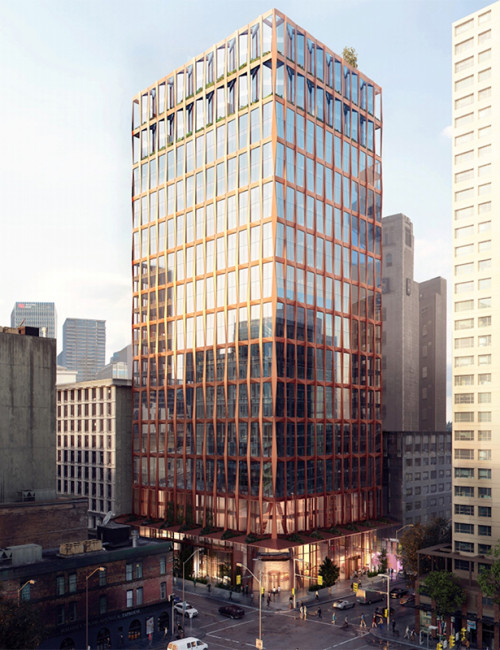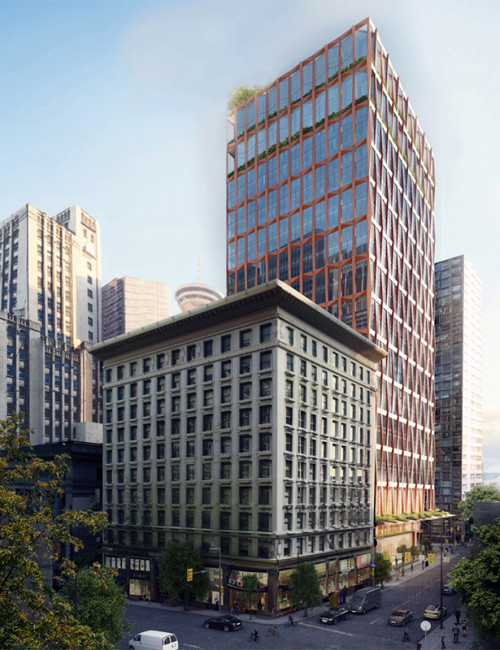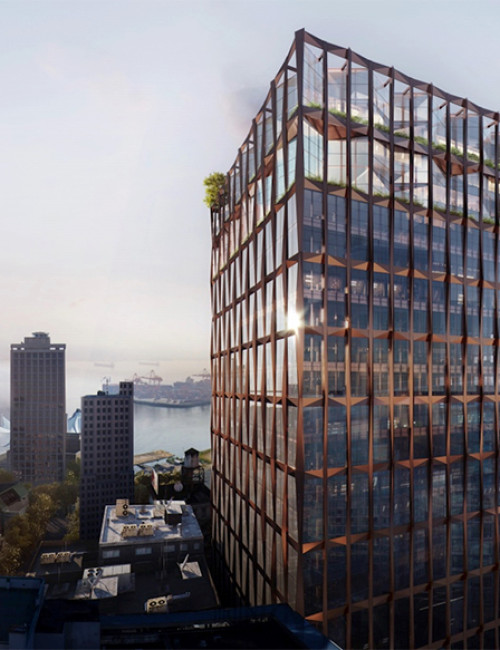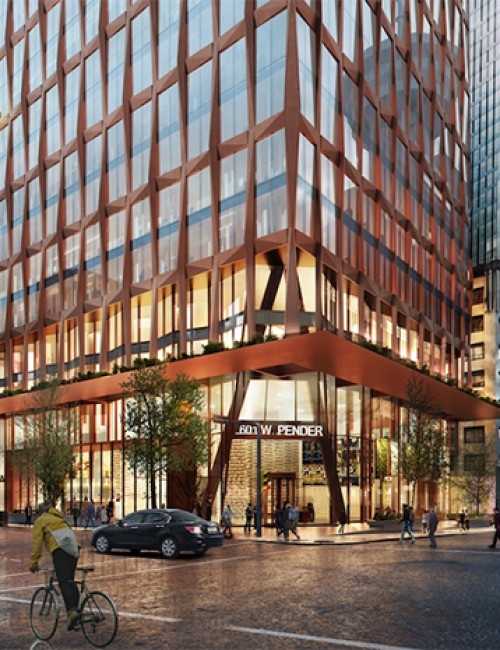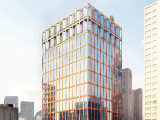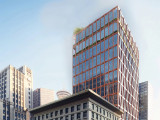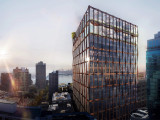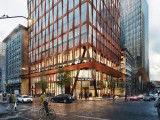601 West Pender Street
Vancouver
Note: As this project is proposed, the data is based on the most reliable information currently available. This data is thus subject to change until the building has completed and all information can be confirmed and ratified by the CTBUH.
- Facts
-
Metrics
You must be a CTBUH Member to view this resource.
Official Name
601 West Pender Street
Type
Building
Status
Proposed
Expected Completion
2025
Country
City
Address
Function
A mixed-use tall building contains two or more functions (or uses), where each of the functions occupy a significant proportion of the tower's total space. Support areas such as car parks and mechanical plant space do not constitute mixed-use functions. Functions are denoted on CTBUH "Tallest Building" lists in descending order, e.g., "hotel/office" indicates hotel function above office function.
Office
Height
102.9 m / 338 ft
Floors Above Ground
29
Floors Below Ground
9
# of Parking Spaces
201
Tower GFA
41,374 m² / 445,346 ft²
Construction Schedule
Proposed
Completed
Architect
Usually involved in the front end design, with a "typical" condition being that of a leadership role through either Schematic Design or Design Development, and then a monitoring role through the CD and CA phases.
You must be a CTBUH Member to view this resource.
Owner/Developer
Reliance Properties
Architect
Usually involved in the front end design, with a "typical" condition being that of a leadership role through either Schematic Design or Design Development, and then a monitoring role through the CD and CA phases.
Usually takes on the balance of the architectural effort not executed by the "Design Architect," typically responsible for the construction documents, conforming to local codes, etc. May often be referred to as "Executive," "Associate," or "Local" Architect, however, for consistency CTBUH uses the term "Architect of Record" exclusively.
Chris Dikeakos Architects
Global News

01 July 2020
Tower Will Replace Parking Garage on Historic Vancouver Block
Kohn Pedersen Fox (KPF) has revealed that the firm’s commercial high-rise development project at 601 West Pender Street in downtown Vancouver received unanimous consent to...
Global News

01 July 2020
Tower Will Replace Parking Garage on Historic Vancouver Block
Kohn Pedersen Fox (KPF) has revealed that the firm’s commercial high-rise development project at 601 West Pender Street in downtown Vancouver received unanimous consent to...

22 November 2019
Office Tower Proposed to Replace Parking Garage on Vancouver’s Alley Oop
A rezoning application has been submitted by local developer Reliance Properties to turn the property of a 1969-built, six-story car park in downtown Vancouver into...
Subscribe below to receive periodic updates from CTBUH on the latest Tall Building and Urban news and CTBUH initiatives, including our monthly newsletter. Fields with a red asterisk (*) next to them are required.
View our privacy policy

